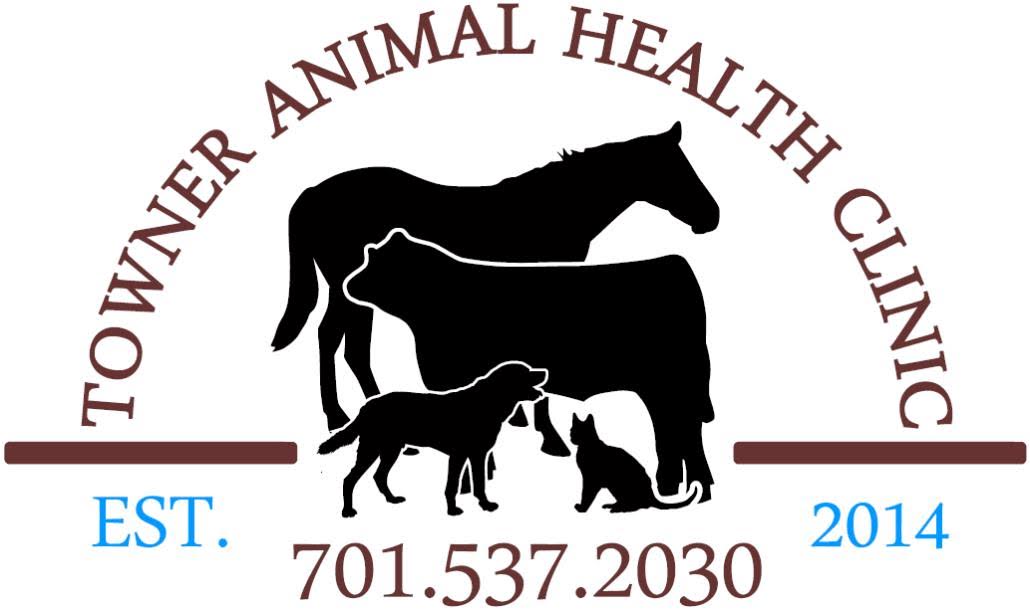Library
-
Glomerulonephritis, also known as glomerular nephritis (GN), is a type of renal (kidney) disease characterized by inflammation of the glomeruli (filtration units) in the kidneys. When these structures are damaged, kidney function is greatly impaired and toxins build up in the body, causing serious illness.
-
This handout summarizes breeding and queening (giving birth) in cats and the normal estrus (heat cycle). Pregnancy care and labor care are outlined, along with signs to watch for to determine if your cat is experiencing delivery complications.
-
Asthma or bronchitis is a fairly common condition affecting cats. It occurs as a result of the airway being hypersensitive to certain stimuli, resulting in airway constriction, excess mucus production, and air trapping. Diagnostics include a physical exam, blood tests, x-rays, bronchoscopy, and bronchial or tracheal lavage. As asthma cannot be cured, treatment is aimed at the management of the disease using a combination of steroids and bronchodilators. Adjunct treatments include modifying the environment to reduce exposure to the noxious stimulus, hypoallergenic diet trials, and acupuncture.
-
Endocarditis is an infection of a heart valve, most often affecting the mitral or aortic valve. It can arise any time that bacteria enter the bloodstream, though it is more common when the heart valve has already been damaged for some other reason. This handout discusses the causes, clinical signs, diagnosis, treatment, and prognosis of this condition.
-
Pet health insurance policies are primarily designed to cover accidents and illnesses. Pet insurance policies do not cover pre-existing conditions, and some have bilateral exclusions, meaning for example, if one knee has required ligament surgery, the other knee is automatically excluded for the same condition. Synthesized information about coverage and exclusions can be found on aggregator sites, such as PetInsuranceInfo (petinsuranceinfo.com). The factors that affect premiums include age, species, breed, the region you live, deductible amounts, co-insurance, and in some cases annual payout limits. Generally, it is less expensive to insure your pet when it is young and healthy, rather than waiting until it is older and more prone to illness. Educate yourself to understand the terms and conditions of the pet insurance you buy for your pet.
-
Regular preventive health care for your cat can increase the length and quality of her life. Healthcare guidelines are established and kept up to date using the most recent evidence-based recommendations including the recommendation that all cats receive a complete veterinary examination at least once a year or more frequently, depending on their individual needs and health concerns.
-
Regular preventive health care for your dog can increase the length and quality of her life. Health care guidelines are established and kept up to date using the most recent evidence-based recommendations including the recommendation that all dogs receive a complete veterinary examination at least once a year or more frequently, depending on their individual needs and health concerns.
-
Foraging toys are designed to provide mental and physical exercise and enjoyment by simulating hunting and seeking for food. Both dogs and cats are natural hunters and scavengers. They benefit from exercising this part of their brain on a regular basis. Providing enrichment in the form of foraging toys can decrease boredom, improve enjoyment, and encourage dogs and cats to engage in species-specific behaviors in a desirable way.
-
Nose Bleeds (Epistaxis) in cats can be extremely unsettling for the pet owner. Most acute (sudden) nosebleeds are caused by simple trauma or by upper respiratory tract infections. This handout discusses nosebleeds in cats, the various causes of this condition, first aid recommendations and possible testing to find the root cause of the problem.
-
Behavioral problems can develop for many reasons. Genetics and the environment both contribute to behavior. When problematic behaviors arise, particularly if they develop suddenly or occur in older pets, it is important to screen for underlying medical conditions. The behavioral history provides valuable information to assist in determining the root cause for any behavioral concern.

